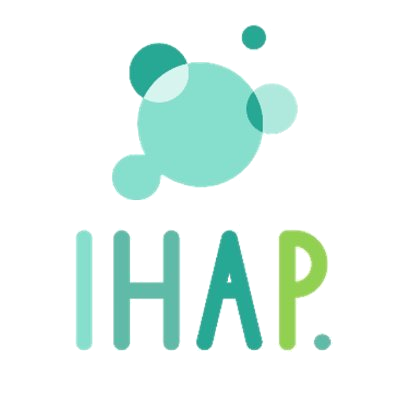Chicory (Cichorium intybus) reduces cyathostomin egg excretion and larval development in grazing horses
Résumé
Abstract:
Cyathostomins are the most prevalent parasitic nematodes of grazing horses. They are responsible for colic and diarrhea in their hosts. After several decades of exposure to synthetic anthelmintics, they have evolved to become resistant to most compounds. In addition, the drug-associated environmental side-effects question their use in the field. Alternative control strategies, like bioactive forages, are needed to face these challenges. Among these, chicory (Cichorium intybus, Puna II cultivar (cv.)) is known to convey anthelmintic compounds and may control cyathostomins in grazing horses. To challenge this hypothesis, we measured fecal egg counts and the rate of larval development in 20 naturally infected young saddle horses (2-year-old) grazing either (i) a pasture sown with chicory (n = 10) or (ii) a mesophile grassland (n = 10) at the same stocking rate (2.4 livestock unit (LU)/ ha). The grazing period lasted 45 days to prevent horse reinfection. Horses in the chicory group mostly grazed chicory (89% of the bites), while those of the control group grazed mainly grasses (73%). Cyathostomins egg excretion decreased in both groups throughout the experiment. Accounting for this trajectory, the fecal egg count reduction (FECR) measured in individuals grazing chicory relative to control individuals increased from 72.9% at day 16 to 85.5% at the end of the study. In addition, larval development in feces from horses grazed on chicory was reduced by more than 60% from d31 compared to control individuals. Using a metabarcoding approach, we also evidenced a significant decrease in cyathostomin species abundance in horses grazing chicory. Chicory extract enriched in sesquiterpenes lactones was tested on two cyathostomins isolates. The estimated IC 50 was high (1 and 3.4 mg/ml) and varied according to the pyrantel sensitivity status of the worm isolate. We conclude that the grazing of chicory (cv. Puna II) by horses is a promising strategy for reducing cyathostomin egg excretion and larval development that may contribute to lower the reliance on synthetic anthelmintics. The underpinning modes of action remain to be explored further.
Graphical Abstract:
https://ars.els-cdn.com/content/image/1-s2.0-S2211320724000046-ga1.jpg
| Origine | Fichiers éditeurs autorisés sur une archive ouverte |
|---|---|
| licence |






